Seventy years have passed since there was last a change of monarch.
Courier Sport looks back at the St Johnstone FC of 1952, when the reign of King George VI ended and Queen Elizabeth II’s began.
Different times
There were no football match postponements back in February ’52.
King George died on Wednesday, February 6 and Saints, like all the other football clubs in Scotland, played as usual three days later.
The change on the throne didn’t even warrant a mention in the Saturday morning sports pages.
The Perth side welcomed Queen of the South to Muirton Park for the first game of the new-look Great Britain.
A crowd of 9,990 was more than double that of the previous home match against Arbroath.
The fact Saints hadn’t played at Muirton for over a month and it was a Scottish Cup tie will have helped boost the attendance.
The players could only manage a 2-2 draw, however.
The report in the following Monday’s Courier spoke of “a gallant effort, worthy of better than a draw”.
Saints came from two goals down, with ‘Flash’ Forsyth scoring a last minute equaliser.
That end of game optimism proved to be misplaced, though, as defeat followed in the midweek Dumfries replay.
A club in trouble
This was not a golden era for St Johnstone.
Far from it.
Off the pitch, there was an air of crisis.
Every player was made available for sale in 1952 and unsurprisingly, there was a good deal of interest in their star asset, Paddy Buckley.
At the end of the 51-52 season, Aberdeen paid £7,500 to take the future Scottish internationalist to Pittodrie.
Action from a 3-1 win away to Arbroath in Division B, on this day in 1950, with Paddy Buckley scoring the second of his two goals that day. pic.twitter.com/Ryznj8GEAQ
— Saints On This Day (@SaintsOTD) January 14, 2019
After scoring 105 goals in 142 games (he was the first Saints player to reach a century) Buckley had certainly done his bit in his four years at Muirton.
The season as a whole was nearly as grim as the financial backdrop, with Saints finishing 11th out of 16 in Scotland’s B Division.
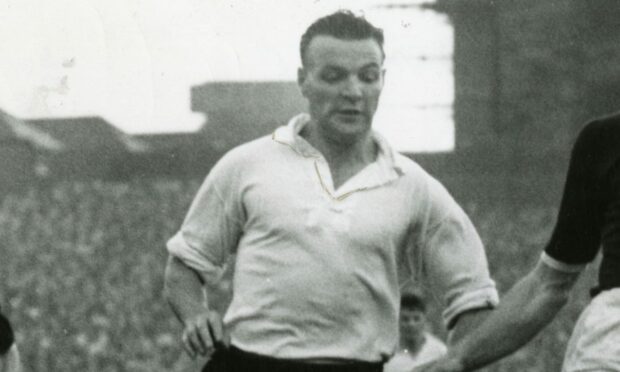
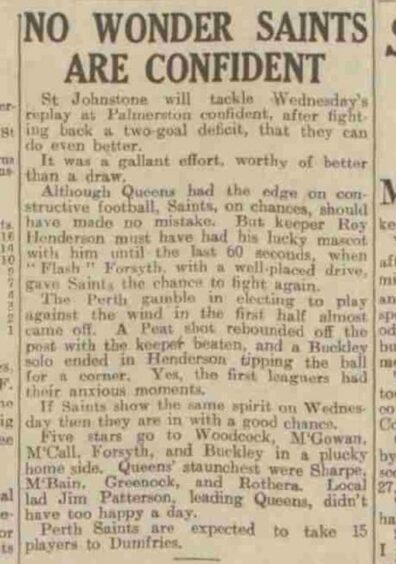



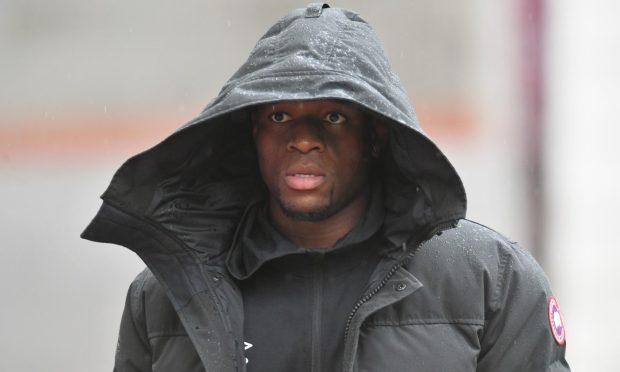

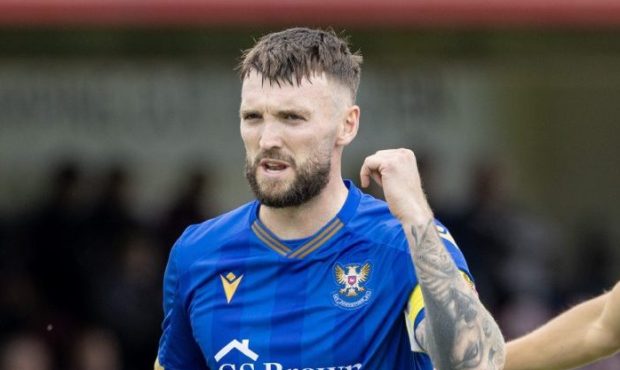



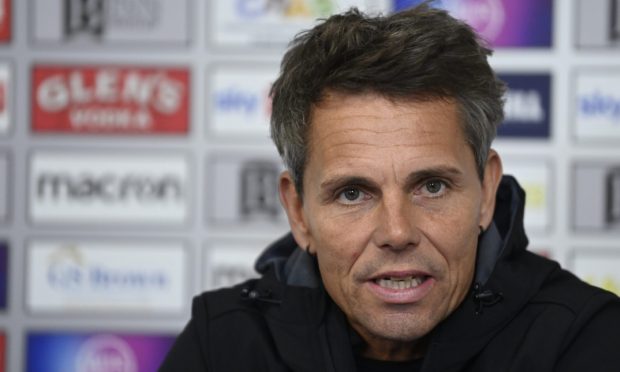
Conversation